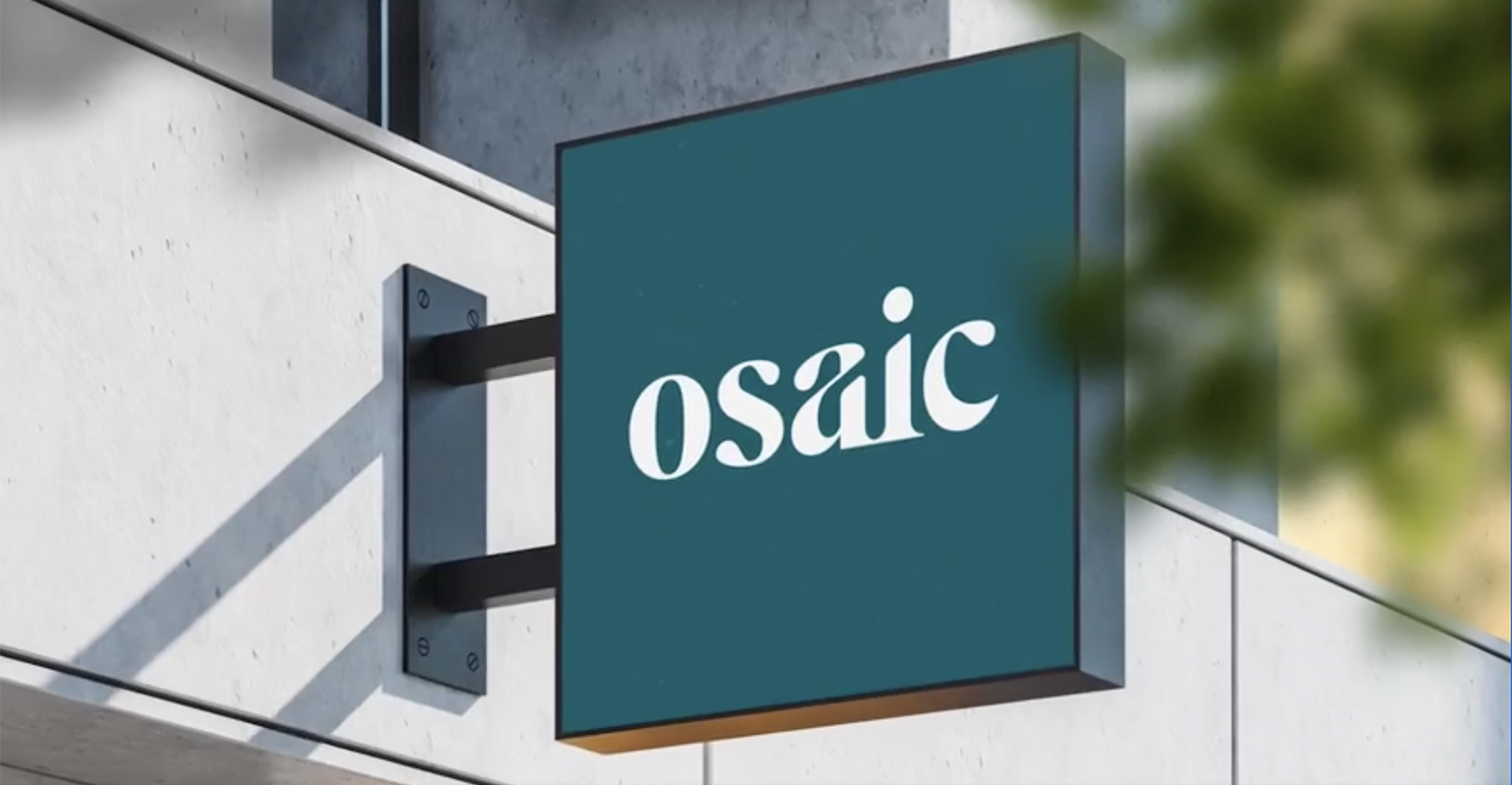Debt can feel overwhelming; however, there are ways for debt to work in a beneficial manner rather than being a burden.
High-interest debt, such as credit card balances, can be a financial strain, but with the right strategies, a different outcome is possible. Methods like debt consolidation, low-interest loans and smarter financial choices can help transform debt into a tool for building a stronger financial future.
Read Next: I’m a Financial Advisor — 10 Most Awesome Things You Can Do for Your Finances in 2025
Consider This: 5 Subtly Genius Moves All Wealthy People Make With Their Money
Success in this area comes from effective planning rather than luck. With that said, here are several ways you can turn debt into a wealth-building opportunity.
High-interest consumer debt, such as credit card balances, can quickly deplete financial resources. However, other types of borrowing — such as mortgages, student loans or business loans — can serve as investments in assets that grow over time.
The key is distinguishing between debt that creates financial strain and debt that contributes to long-term wealth building. The following five strategies demonstrate how to make debt work in a positive way rather than as an obstacle.
Explore More: 3 Signs You’ve ‘Made It’ Financially, According to Financial Influencer Genesis Hinckley
Managing debt does not have to be overwhelming; it can present an opportunity to take control of personal finances.
One effective approach is debt consolidation. By combining multiple high-interest debts into a single loan with a lower interest rate, it becomes possible to reduce monthly payments and free up extra cash for savings or investments.
Another useful strategy is balance transfers. Many credit card companies offer promotional deals with 0% interest on balance transfers for a limited period. Transferring high-interest balances to one of these accounts allows for faster repayment of the principal while saving significantly on interest.
Low-interest loans, such as home equity loans or personal loans, provide a strategic way to address high-interest debt.
Homeowners, for instance, can borrow against the value of their home at a rate typically much lower than that of credit cards. Similarly, a well-structured personal loan with a low fixed rate can provide financial relief while reducing interest costs.
Before choosing a loan, it is essential to compare interest rates, fees, and repayment terms. Selecting a loan with a lower rate than current debts can lead to substantial savings over time, enabling faster and more efficient debt repayment.














